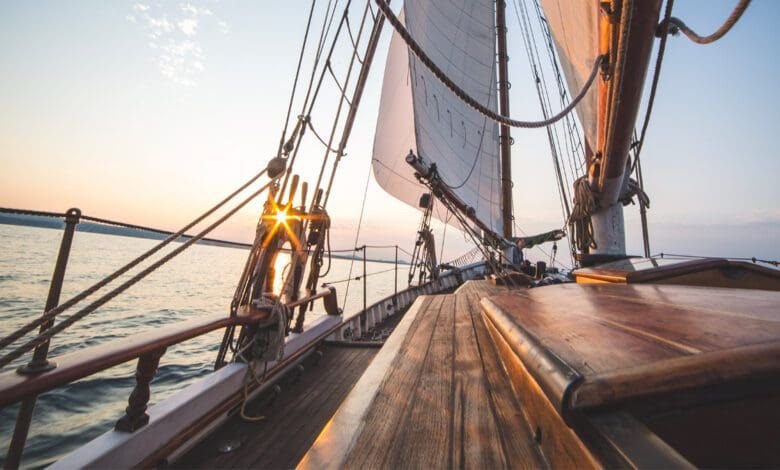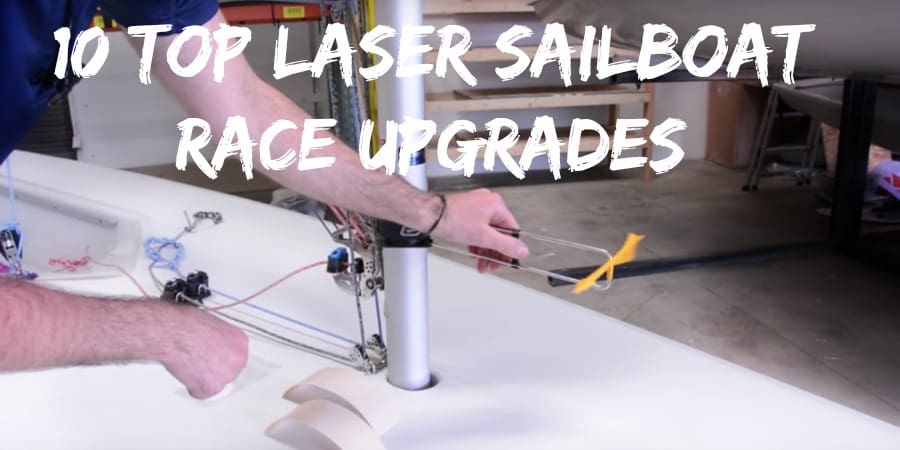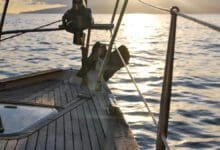
By Joshua Bremmerer, CEO at Komodo Covers
Since sailboats are perpetually in a tug of war, rigging fatigue is inevitable. While it is a bit easier for sailors to estimate the life of synthetic rigging (since they come with recommended mileage), knowing when to replace stainless steel rigging is harder.
Whether on a beautiful day or in unpleasant weather, taking your boat out for a spin wears away on the components. Most sailors believe that standing rigging has a lifespan of about ten years. While this does not assure you that the mast is destined to go over the side in the 11th year, it tells you that the rigging hardware has more likelihood of giving you problems, especially if it is a saltwater-sailed boat.
The nature of metal fatigue and the fact that most rigging is out of sight in the sky may make it difficult for boat owners to notice rigging fatigue early, but here are some clues to help you notice rigging fatigue as soon as possible.
Causes of Rigging Fatigue
Since even the most conscientious sailors experience rig failure, it is assumed that some of the causes of rigging fatigue are hard to detect. However, here are the common ones:
- Stresses and loads: Although components of rigs are built to withstand stresses, vibrations caused by strong winds and shock loading caused by accidental gybes accelerate rig failure. When the rigging is slack, it tells its strength and longevity. If the sailor does not make correct adjustments as soon as possible, it could result in metal fatigue and eventual failure.
- Crevice Corrosion: Since rigs have points where pieces of metals are in close contact, the surface may rust due to being deprived of oxygen. The deprivation breaks down the steel’s protective oxide film, allowing chloride to corrode the metal. Crevice corrosion often occurs where chainplates pass through the deck.
- Galvanic corrosion: This is a slightly different type of corrosion since it is the transfer of electrons from one metal to the other, and it requires an electrolyte (the saltwater). Aluminum masts with stainless steel fittings often suffer from galvanic corrosion when saltwater enables the flow of positively charged electrons from the aluminum to the negatively charged stainless steel.
- Sun/UV Exposure: Taking your boat out for a spin with the sun baking down could be fun, but the drying saltwater and the direct rays of sunlight on components of rigging could affect the boat.
There are some other known causes of rigging fatigue, such as abrasion, moisture, etc., but most sailors experience rigging fatigue as a result of the above-mentioned causes.
Signs of Rigging Fatigue
Since doing a detailed rig check can be time-consuming, many sailors never think about inspecting their rigging until they are at sea and things start to go wrong. However, you should do basic checks of the rig and every part that holds it up every time you can. The following signs tell you to repair or replace your rigging.
- First signs of crack growth: You can easily notice rust at swage ends and on T-terminals with regular visual checks. While checking, pay close attention to the points where T-terminals Insert into the mast, looking out for powdery corrosion or signs of cracking.
- Deformities: By running your fingers up and down the last meter of wire below or above the swage, you can feel if there are any deformities or notice broken wires. You may have to replace the stay and its partner if the wire is not uniform.
- Signs on water intrusion on the bulkheads: Maybe this is not a really basic check since it requires you to go below, but it is a sensible precaution that is worth carrying out. You can take the inspection to the next level by removing some cover panels to check for signs of rust and cracks on the edges or other parts of the chainplates.
All the elements of a sailing rig are subjected to strong forces when at sea. As a result, even a combination of the best rigging hardware and rigging quality has a lifespan, after which rigging fatigue sets in. While rigging fatigue is inevitable, catching its signs early can help you avoid rig failure.
About Josh Bremmerer
Josh Bremmerer is an innate navigator, an experienced leader in the boating industry with over a decade of experience in management and company development and a lifelong passion for boating. As the manager of Glacier Ski Shop, Josh grew the small Shop into a nationally recognized business and increased profits by 400%. With that background, it’s no wonder Josh started his own business in the boating industry: Komodo Covers.





